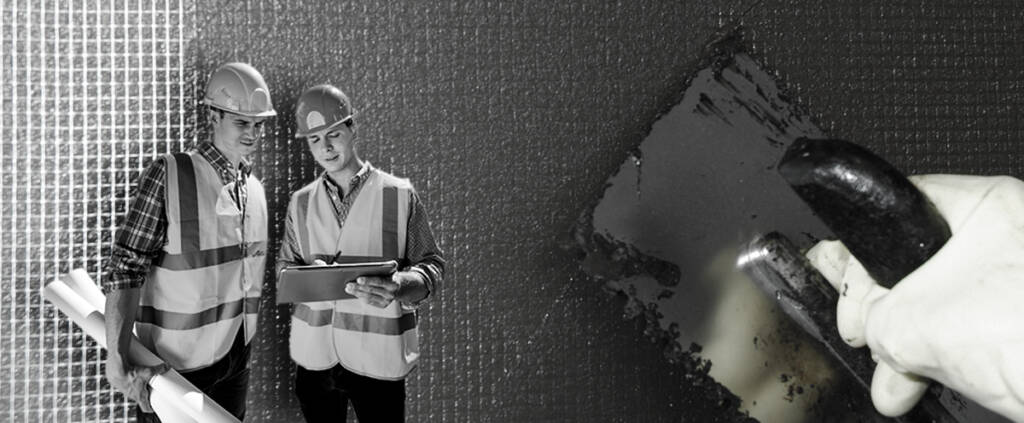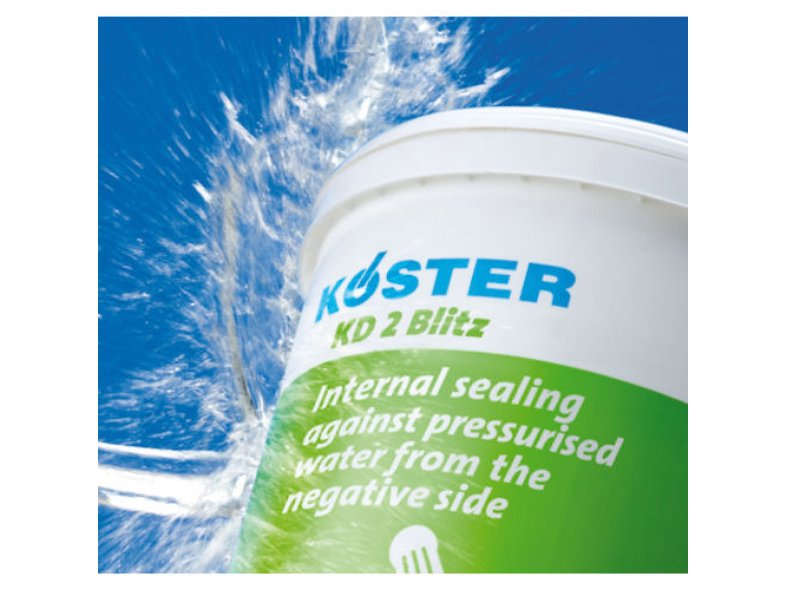
The Powerful Ins and Outs of Waterproofing Systems for Construction
The Ins and Outs of Waterproofing Systems for Construction
When starting any construction project, implementing the right waterproofing is crucial to protect against water damage and deterioration. The type of system used depends on the structure design, site conditions, and other factors. Understanding the different waterproofing methods can help choose the optimal solution.
What Does Waterproofing Do?
Waterproofing is the process of making a building or structure water-resistant and impervious to water ingress. It should not be confused with damp proofing, which only resists water vapour penetration. Effective waterproofing is vital for below-grade spaces like basements that are vulnerable to groundwater intrusion. It can also be used above grade where moisture resistance is needed.

British Standard BS8102:2009
This standard defines three main classifications for below-ground structural waterproofing – Type A, B and C systems. Each has distinct methods and materials to suit different requirements. BS8102 provides best practice guidance on selecting and implementing the right system.
Type A – Barrier Protection
Type A waterproofing, sometimes called “tanking,” stops water intrusion by acting as a complete moisture barrier. It involves applying a seamless coating or membrane to the external surface of walls and floor slabs. Bitumen, acrylic, acrylic-polyurethane, and sheet membranes like HDPE are common materials.
Barrier systems fully block water ingress, making them ideal for sites with high groundwater levels. They also suit structures vulnerable to hydrostatic pressure. Correct detailing at joints and penetrations is essential to maintain water tightness.
Type B – Structurally Integral Protection
Here, the building’s actual structure – the walls, foundations, basement, etc. – is inherently water-resistant. Dense reinforced concrete, steel sheet piling, masonry blockwork, and other materials are constructed to prevent moisture penetration.
The critical factors are high-quality waterproof construction and minimal defects like cracks or openings. Type B protection is often used for raft foundations and commercial basements. It requires robust structural design and workmanship.
Type C – Drained Protection
Type C systems allow some water ingress but control it safely. The cavity drain membranes used have a studded outer surface to create a drainage cavity. Water drains down into this before being diverted to a sump chamber.
Drained protection adds a layer of redundancy against leaks in the main structure. It’s useful for sites with complex foundations and water tables that fluctuate. Proper drainage flow design is vital for directing water away from the building.
Consulting with SDG waterproofing experts you can ensure your system meets project requirements and provides reliable, long-term protection. View our full range of waterproofing systems here.
Share this post